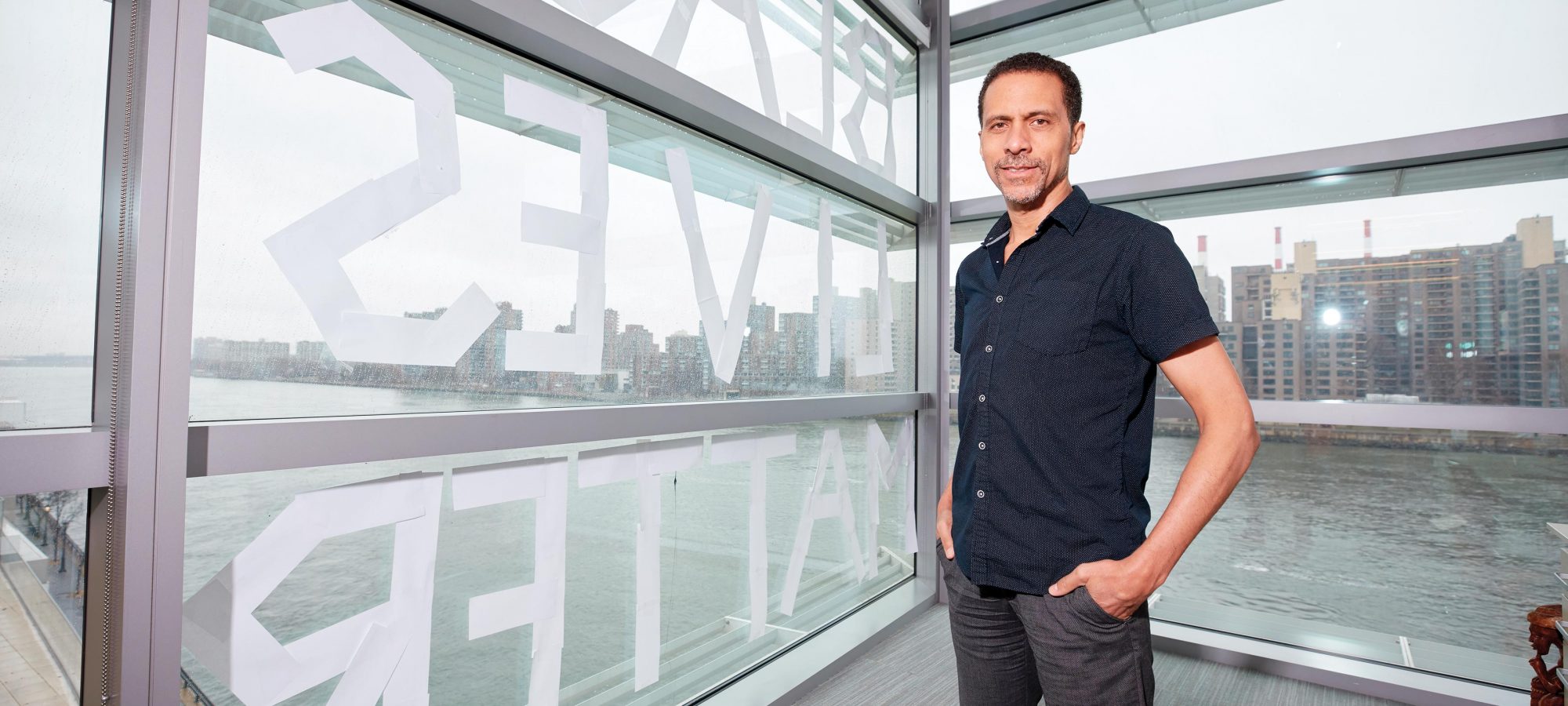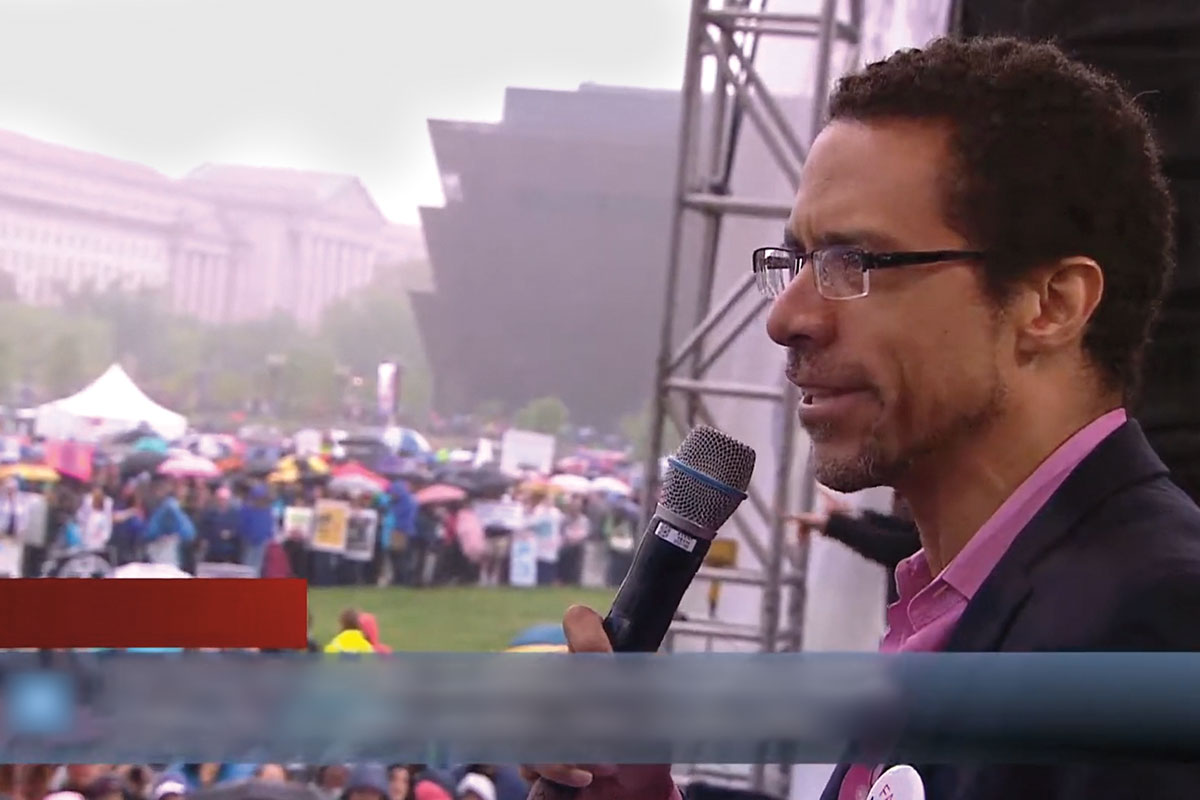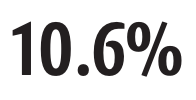
Interview
Should scientists be more vocal?
With Erich D. Jarvis
Politics has long been the third rail of science, charged and untouchable. No good can come from scientists espousing their views on world affairs, the thinking goes, or engaging in sociopolitical debate not directly related to their work.
But science underlies most anything worth debating—and who better to weigh in than scientists themselves? It’s a fact made vividly clear by the onslaught of recent crises. From the pandemic to police brutality to climate change, our national arguments require informed views based on science and facts. Yet we live in an age where truth has become malleable.
It’s time for scientists to step off the sidelines, Erich D. Jarvis says, especially when it comes to issues of social injustice.
A neuroscientist who studies vocal learning, Jarvis uses songbirds—which like humans and only a few other species, have developed the ability to mimic novel sounds—as model organisms to study the basic mechanisms involved in the development of speech. As head of the Laboratory of Neurogenetics of Language, his work has led to a broad understanding of how neural circuits for vocal learning evolved and became specialized for speech.
Jarvis has found his own political voice. Often the sole person of color in the room, Jarvis long ago learned to be an advocate—for Black people, for the disadvantaged, and for scientists as a group. We spoke with him about his experiences with activism in academia and how the next generation of scientists can build a more equitable community at home and a stronger relationship with society as a whole.

Is the stereotype true that scientists have traditionally been reluctant to engage in activism and politics?
I’ve certainly seen an entrenched culture in academia that feels science should stand on its own. That our role as scientists is to discover truths but it’s up to other people to decide what to do with them. There’s a fear that commenting on policy or engaging in controversial issues would be perceived as personal bias, raising doubts about our commitment to objective research. It isn’t just at the individual level; historically, public engagement is not something that most academic institutions encouraged or even tolerated.
While we’ve gotten pretty good at certain types of advocacy—advocating for funding comes to mind, and that’s a relatively recent phenomenon—many scientists also don’t want to be seen by their peers as seeking attention. And to some extent we are uncomfortable in a messy world of viewpoints where some people’s opinions don’t make logical sense. It’s easier to stay out of it and “let the work speak for itself.” Say what you have to say in the paper.
Was that your experience when you began?
When I entered science, I saw my mentors and colleagues shy away from having public opinions, whether on politics or racism or anything else. This attitude was new to me. I had been a professional dancer, I was used to being in public, so it wasn’t my inclination to keep my thoughts to myself. But I did adopt that stance. I was young and new to this community, and eager to fit in.
Soon, however, I started to see this as a mistake. I think the first time it hit me was when I was running the scholars program for the Society for Neuroscience. The program supports underrepresented minority students, and one year we had an application from a White woman whose disadvantage was that her family had cut her off when she was accepted to and decided to go to college, to work with “devil worshiping liberals who believe in evolution.”
I thought, there’s a miseducated public out there, and scientists are hiding behind our walls and talking to each other instead of trying to do something about it. I thought we need to reach out to this woman’s family. Whether it’s about race, discrimination, climate change denialism, or other matters, we need to be more proactive. There are plenty of voices, with all kinds of agendas, vying for the opinions of people like this woman’s family. They need to hear from scientists, too.
What are some ways scientists can combat disinformation more effectively?
We all need to recognize that communication, that speaking on the state of evidence, offering expert interpretation, or endorsing the best available actions on, say, cutting carbon emissions, is not the same as advocating for a cause due to a personal bias. Rather, it’s about sharing facts, information, and expertise, which one can argue is part of a scientist’s job and responsibilities.
That’s why I think more scientists should strive to actively communicate the best scientific knowledge to policy makers and the public. The fear that this sort of activity jeopardizes one’s credibility is likely overblown. There are studies and surveys showing that the majority of Americans do not view it as inappropriate for a scientist.

Data
Average amount by which papers authored by ethnically diverse teams outperform other publications in impact.
We can also look inward and tackle disinformation inside science itself: We can take a closer look into some of the historical scientific “facts” we take for granted, and ask where they come from. Does our understanding need an update? There are many examples of how racist ideology or implicit biases have influenced the biomedical and behavioral sciences. Sometimes such influences have led to wrong scientific claims.
Take the word neocortex, which refers to the outer layer of the brain and means “new cortex” in mammals. But it is actually not new in mammals—there are counterparts in other vertebrate lineages. The name comes from White European scientists who believed it was part of an evolutionary trajectory that would result in a superior White race, with the neocortex being biggest in European men and smallest in Africans. There are many examples of historical studies on racial or gender differences that, despite suffering from biases and flawed methodology, are still routinely cited. The scientific method is objective, yes, but the enterprise of science is not necessarily so—it is done by humans, prone to their biases and errors.
How have things changed in the last few years?
For as long as there has been politics there’s been a tendency to manipulate facts to gain power and oppress populations, typically minority populations. But what we’ve seen recently, with one of our two major political parties embracing outright fabrications, in contradiction to overwhelming evidence, is new and alarming. That has undoubtedly led to a growing interest in the scientific community getting involved.
Another major shift is in our attention to issues of inequality. Race has always been used to establish a hierarchy in society and, by extension, in science. Many people are realizing that it is not right to ignore that any longer.
“I used to tell my students the most important thing is resilience, but I no longer say that. The amount of resilience I had to have to survive should not be needed.”
I’ve had a bit of an awakening in this last year with the Black Lives Matters movement, in that I’ve never seen people so angry. There’s been a combination of factors coming together, starting with the uneven impact of COVID on communities of color, and culminating in the callous murder of George Floyd by a White police officer who, for a time, seemed likely to escape consequences. People age 30 and younger had never experienced this before, they had never seen the blatant racial biases laid out so clearly and originating from the very top of our country’s power structure.
My parents, who grew up in the fifties, sixties, and seventies, they saw it. I was told these stories, I was told to watch myself in the street. Be careful when a police officer pulls you over, they warned, because you can get killed. This is the mindset I grew up in, but it felt like things were slowly changing for the better. Until Trump came to power in 2016, when it all got worse. The illusion was shattered.
How has your personal experience as a young Black scientist equipped you for this moment?
I grew up in the Bronx and went to undergrad at Hunter College, which is an ethnically diverse school that looks a lot like the rest of New York City. But when I started graduate school at Rockefeller in 1988, I got my first taste of imposter syndrome. I was accomplished, I had already published four or five papers as an undergraduate, but I didn’t feel like I belonged. It was a shock.
As I came up the ranks, there started to be fewer and fewer people who looked like me. I became aware that some people believed I was there only because of some diversity quota. And you start to internalize these things. When your experiments don’t work—which is most of the time in science—you blame yourself. I would go over my CV, go through the papers I had published and the grants I had received—that was tangible evidence that I was doing something right.
Today, about thirty years later, I see students and postdocs grappling with the same issues. There’s still discrimination, but I no longer relate to it in the same way. I used to tell my students that the most important thing is to have resilience, to persevere in the face of daunting obstacles. Today, I no longer say that. The Black Lives Matter movement has made me think that the amount of resilience I had to have to survive should not be needed. We need to build a system where anyone with the right talent and determination can be a successful scientist.
What are the most important actions an institution can take to address inequity?
We need research to understand what the problem is, and we need training to present solutions to the community.
Following the killing of George Floyd, many professional scientific organizations published statements opposing it. That’s great, but statements have little impact unless they are accompanied by effective actions. And to determine what these actions should be we need to understand the roots of institutional racism. We need more evidence-based research on the problem and how to address it. We need to have the findings and practices presented to us, especially to those in hiring and faculty search committees. We also need effective training for gender and racial biases, for all faculty, staff, and students.
We need the participation of everybody. It has to be part of institutional discussions, it has to be happening in labs, in academic departments, in staff meetings, in faculty meetings. There needs to be participation by as many people as possible, not only by women and people of color. It’s not realistic or fair to automatically expect researchers who happen to be members of minority groups to take on the role of both scientist and de facto diversity officer. That is two jobs, and they won’t be able to do either job well enough.